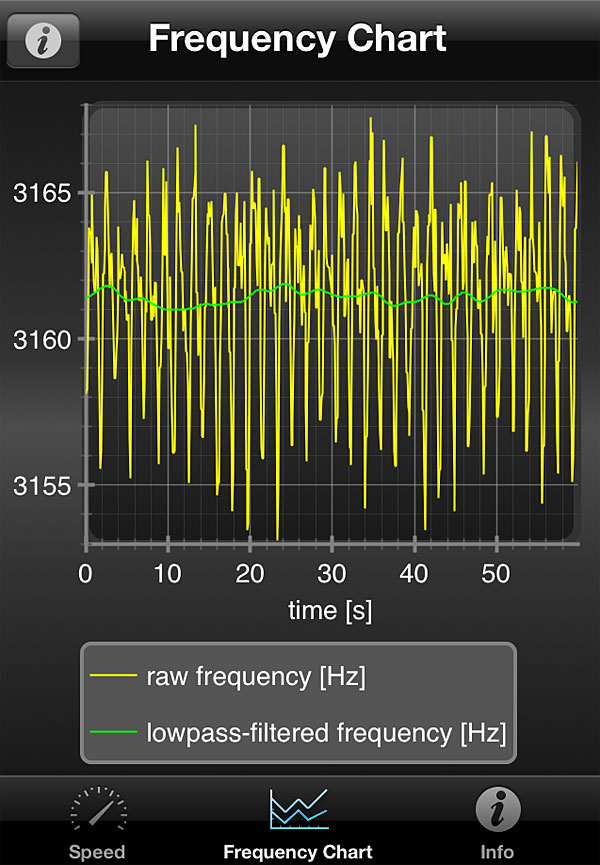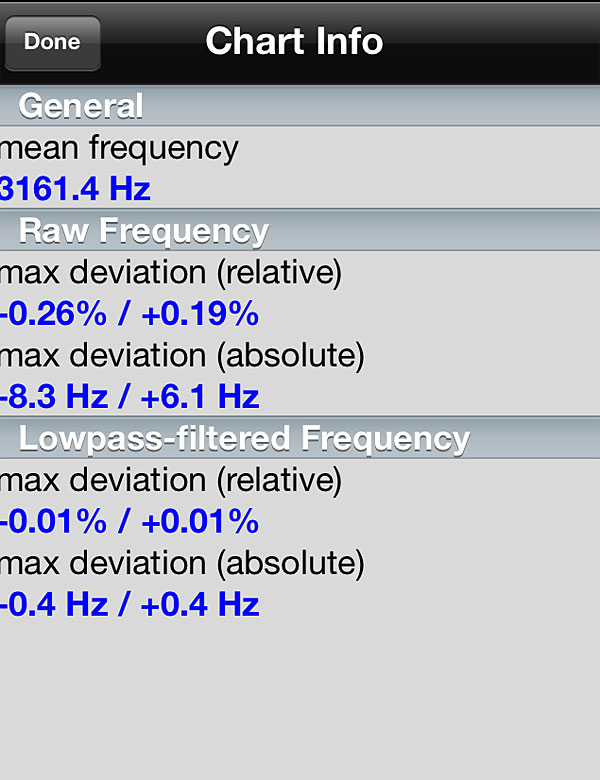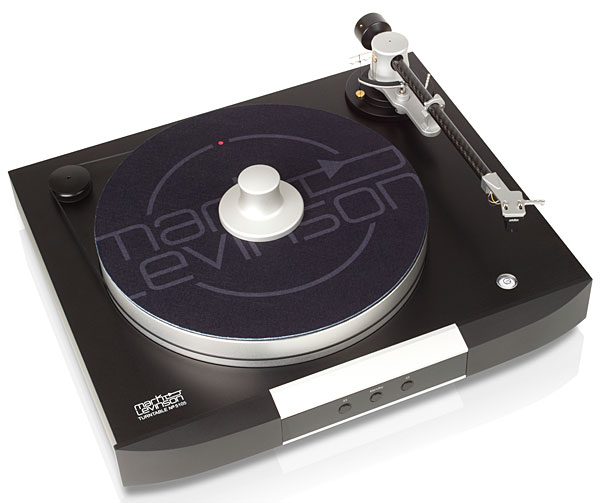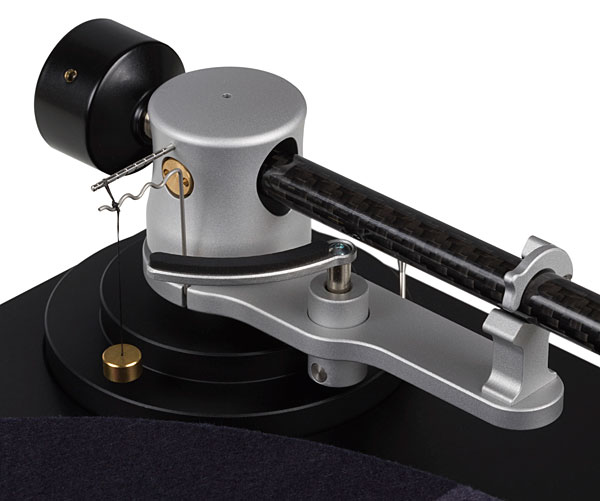| Columns Retired Columns & Blogs |
Plastic motor pulley
Undecoupled motor
Plastic-wrapped plywood plinth (sorry, 'medium-density fibreboard')
$10K.
Absurd.
Mark Levinson, the OEM reseller of this sees buyers coming at that price. Is gluing two bits of Aluminium to fibreboard what passes for turntable engineering in this new century? Nope, it's just cheaper and easier to bolt a motor to a piece of plywood and bask in the profit-margin.
Thank heavens for Linn and SOTA...













































